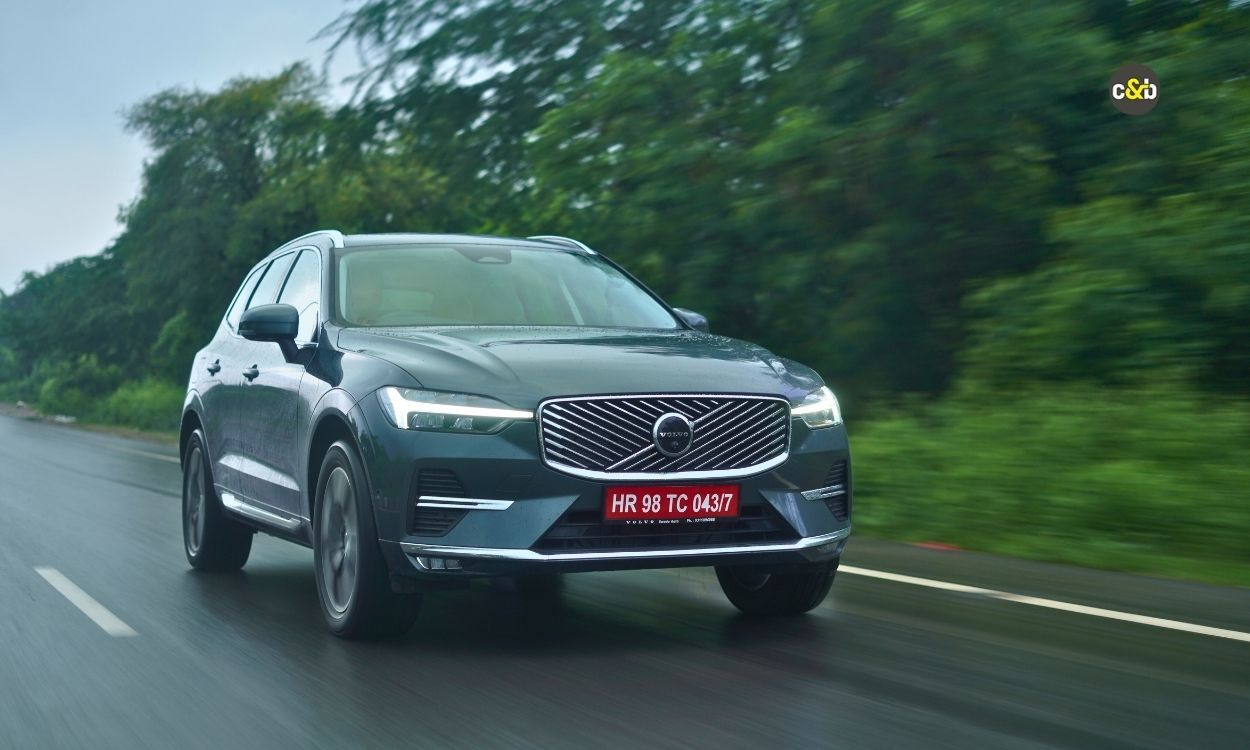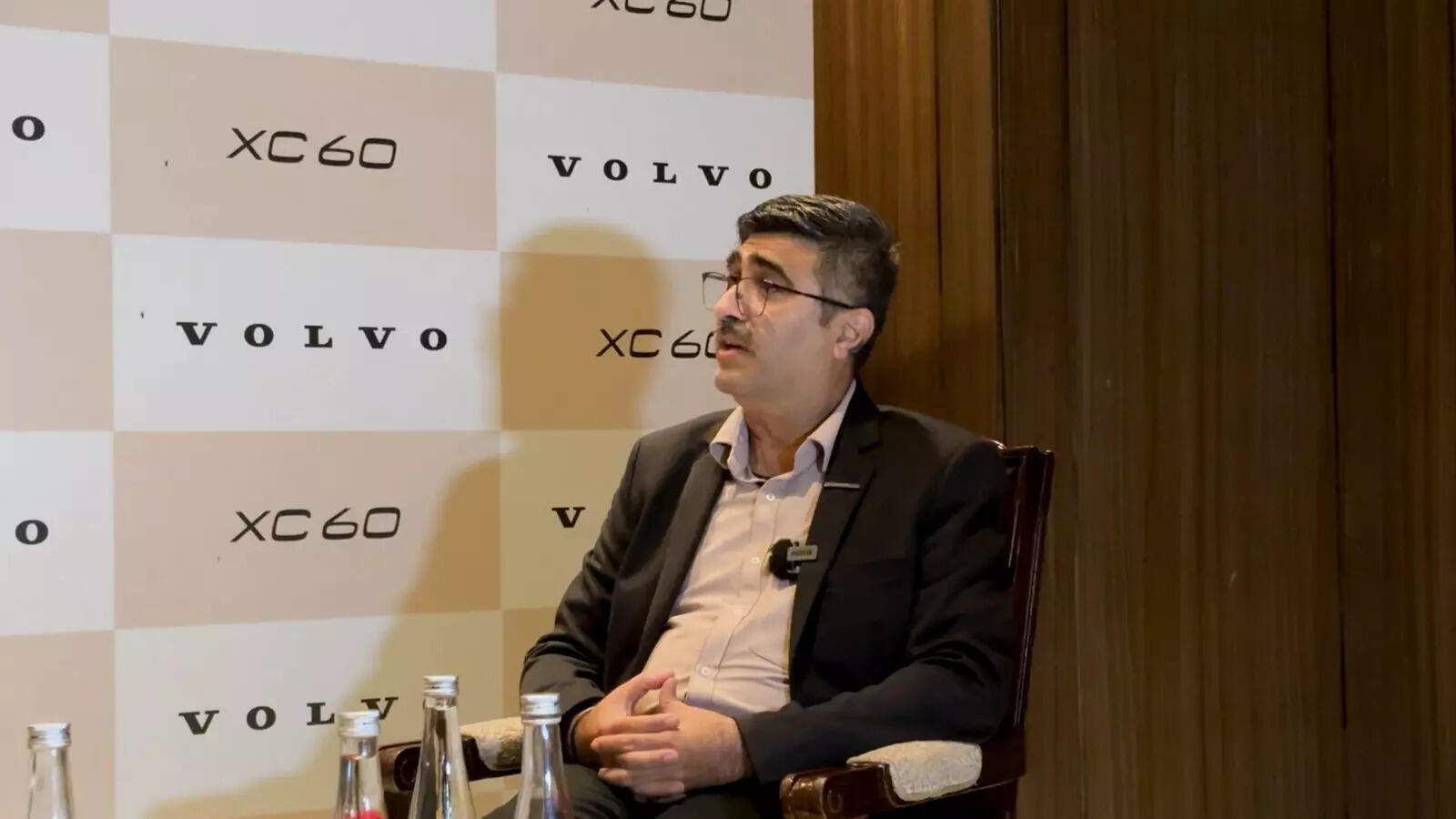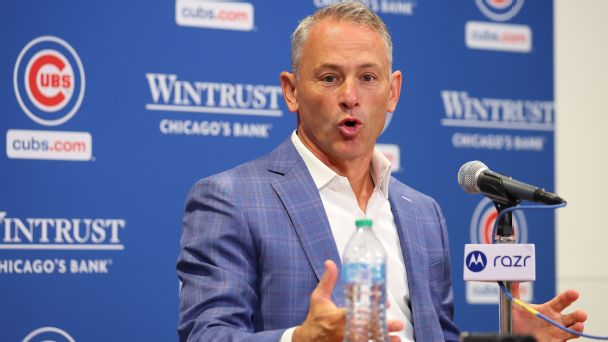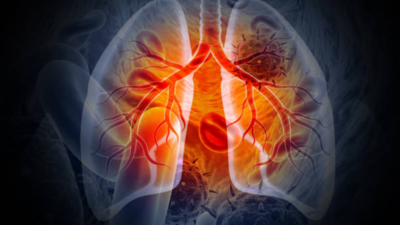Lung cancer is, frankly, a heavyweight—it’s one of the #1 causes of cancer deaths worldwide, responsible for about 1 in 5 cancer-related deaths. Every year, more than 2 million people are diagnosed globally, and the numbers aren’t showing signs of slowing down. Government data from countries like India and the US confirm that it’s not just a problem for smokers anymore—up to a quarter of lung cancer cases now affect people who’ve never smoked, thanks to risk factors like air pollution, secondhand smoke, radon gas, and occupational exposures.Now, why single out August 1? World Lung Cancer Day 2025 isn’t just a date on the calendar—it’s a global reminder to spread real lung cancer facts, push through the stigma of lung cancer, and support early detection of lung cancer. The theme for 2025, “Breaking Barriers: Championing Early Detection and Equal Care,” is about making sure no one gets left behind just because of where they live or what they can afford. The day connects lung cancer patients, caregivers, scientists, and just about anyone who believes we can do better about this disease.“Lung cancer is a leading cause of cancer-related death around the world, and it is attributed to a variety of lung cancer risk factors. The primary risk factor is tobacco use, which is linked to almost 85% of lung cancer cases. The longer and heavier the habit, the stronger the association, and even cigars and pipes hold risk. Secondhand smoke exposure is equally relevant, especially for children and spouses of smokers, because chronic smoke inhalation can compromise the lungs over time,” says Dr. Raman Narang, Senior Consultant–Medical Oncologist, Andromeda Cancer Hospital, Sonipat, and explains the most common cause of lung cancer.Emerging risk factors are increasingly identified in the environment, such as outdoor and indoor air pollution—especially relevant in metropolitan areas, where high levels of traffic and emissions from industries that emit pollutants present higher risks. Repeated exposure to molecules, such as PM2.5, can take their toll on lung tissue. Similarly, radon gas, an odorless, colorless, radioactive gas that can enter one’s home from the soil and rocks, is another invisible risk factor for lung cancer, and which can increase risks for those who do not smoke.Some occupational risk factors also contribute to the incidence of lung cancer and are especially relevant for individuals working in occupations like construction, mining, and shipbuilding, where workers are regularly exposed to carcinogens like asbestos, silica dust, diesel exhaust, and arsenic. Family history of lung cancer and genetic predisposition can also sometimes increase risk factors, especially with the antecedent of smoking. Risk factors can also be elevated in individuals with their own history of lung disease, like COPD or pulmonary fibrosis, since chronic lung inflammation can provide an inviting local environment for cancer. Finally, people who have had radiation therapy to the chest for previous cancers may also have an incidental risk factor later in life.So, World Lung Cancer Day isn’t only about numbers. It’s about hope, action, and remembering that anyone with lungs can get lung cancer. On August 1, breathe deep and spread awareness—early detection saves lives, and together, we really can make a difference.
World lung cancer day is more than a date — it’s about awareness and action |
Related Posts
POPULAR NEWS
Plugin Install : Popular Post Widget need JNews - View Counter to be installed
Recent
Access Denied
August 1, 2025
Volvo XC60 Facelift Launched In India At Rs 71.90 Lakh
August 1, 2025
Wrigley Field, Cubs to host 2027 All-Star Game
August 1, 2025
Mobile Forensic Lab Launched in Telangana
August 1, 2025


















.jpg?w=700&c=0)








































